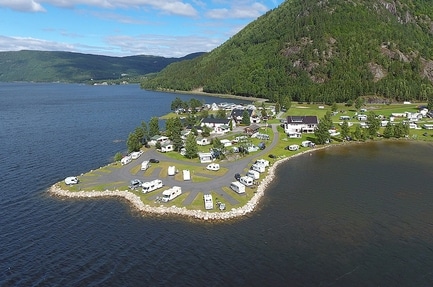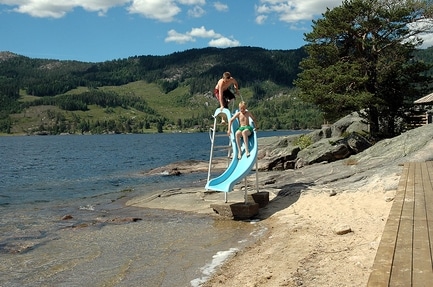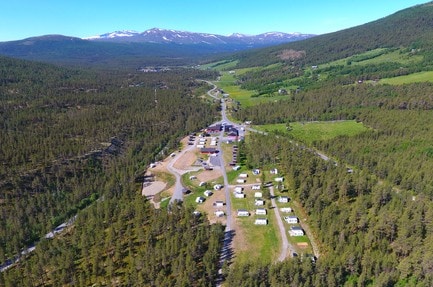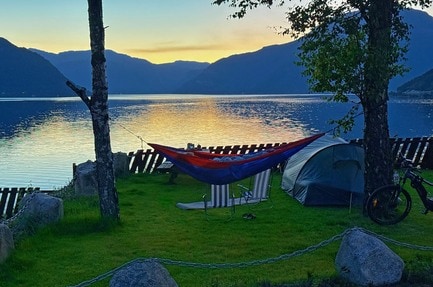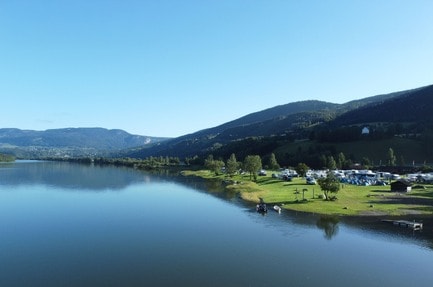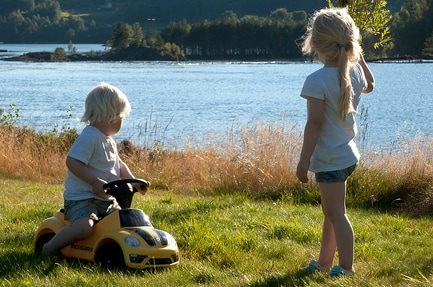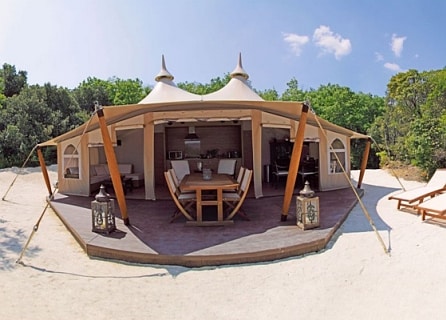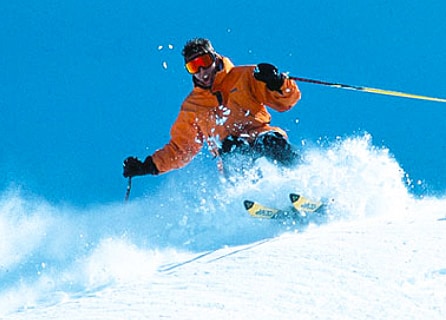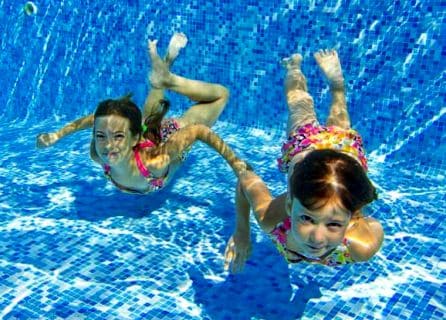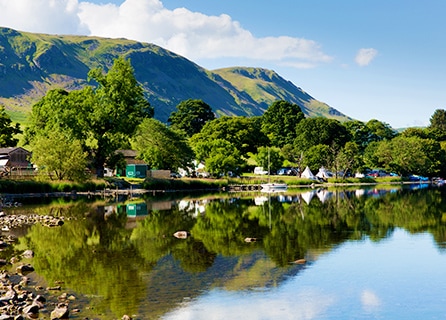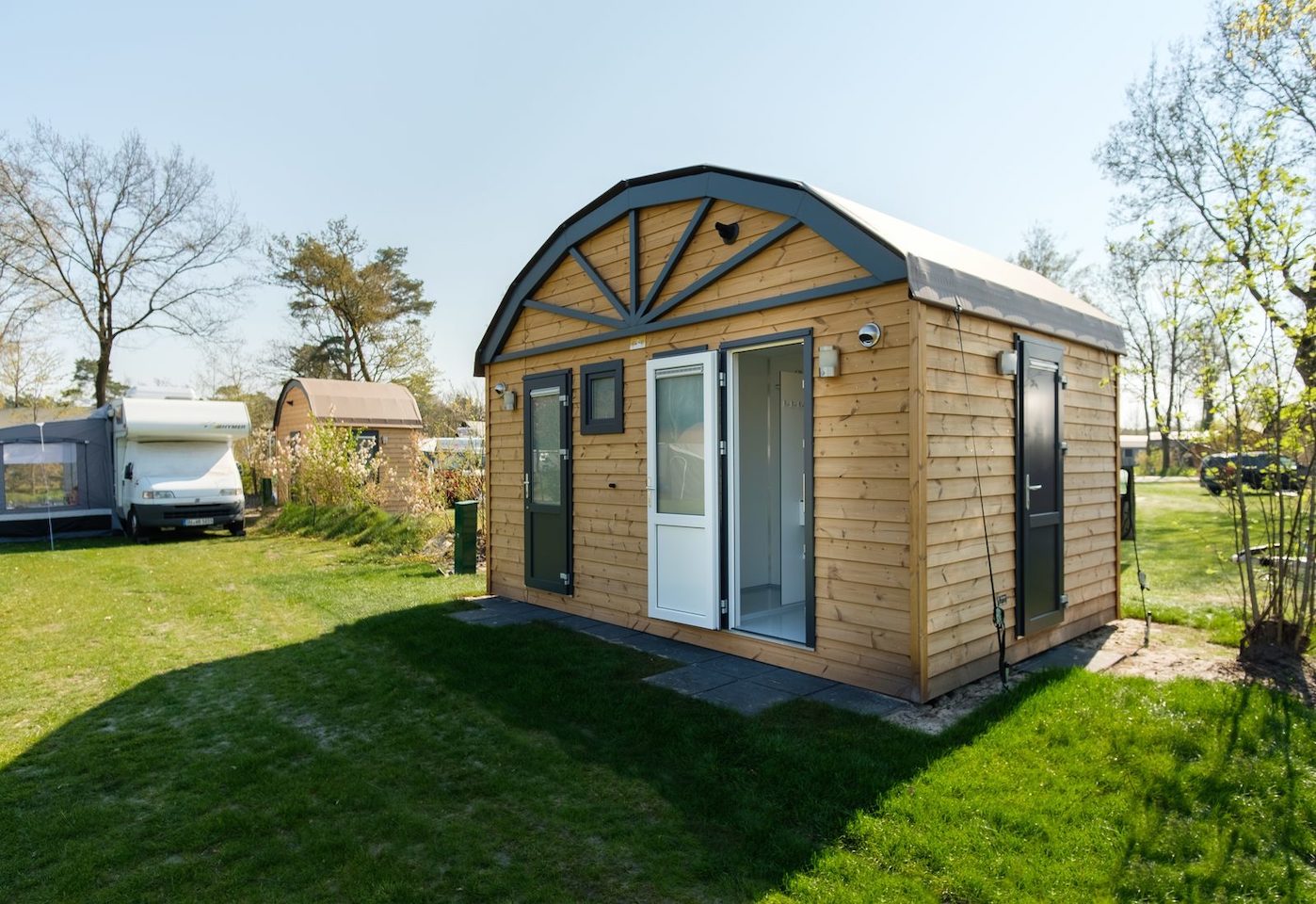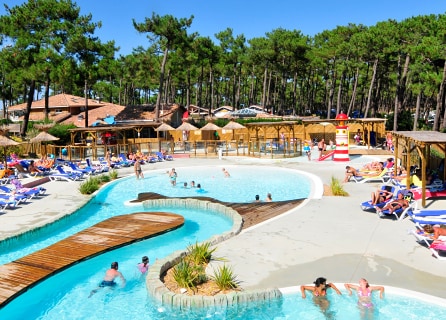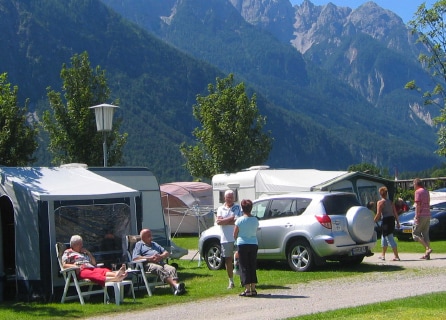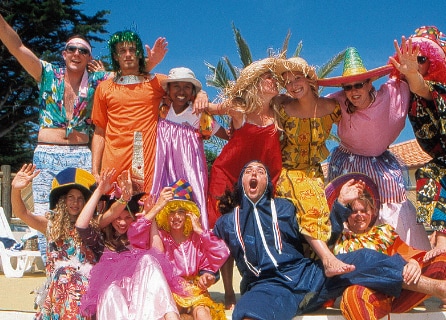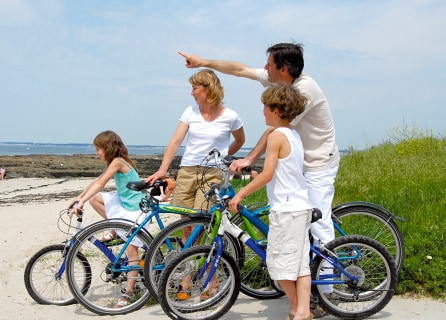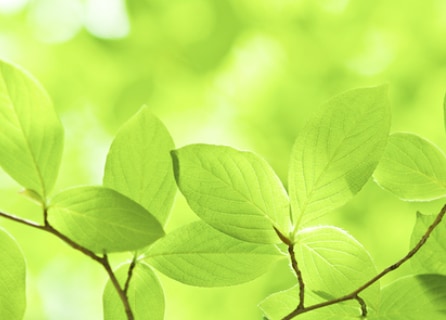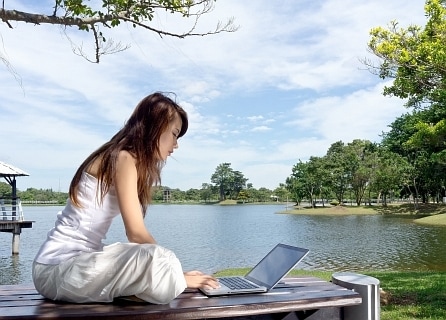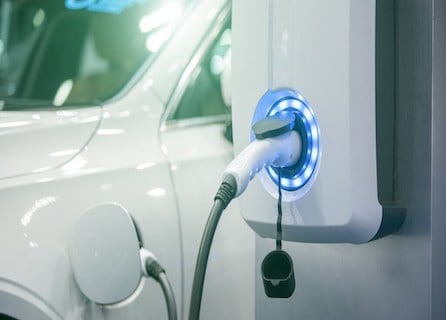
Popular destinations Norway
Book now: Norway


Popular campsites: Norway
Lærdal Ferie og Fritidspark
Norway - Sogn og Fjordane - Lærdalsøyri
Campsite Lærdal is located in Laerdalsoyri, in the province Sogn og Fjordane. After a warm welcome (in Dutch, English, German, or Danish) at the front...
Camping Neset
Norway - Aust-Agder - Byglandsfjord
Camping Neset is situated on a gently sloping, triangular promontory directly on the wide Otra River. You can be assured of an unspoiled view of...
Randsverk Camping
Norway - Oppland - Vågåmo
Oppland is one of the most beautiful provinces of Norway, where the village of Vågå is located between three national parks. Some 30 km south...
Odden Camping
Norway - Aust-Agder - Evje
A Japanese garden in the high north? Sure! And this describes the four-star campsite Odden: here you find peace, nature and lovely details. It is...


